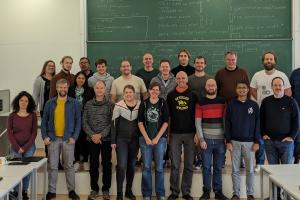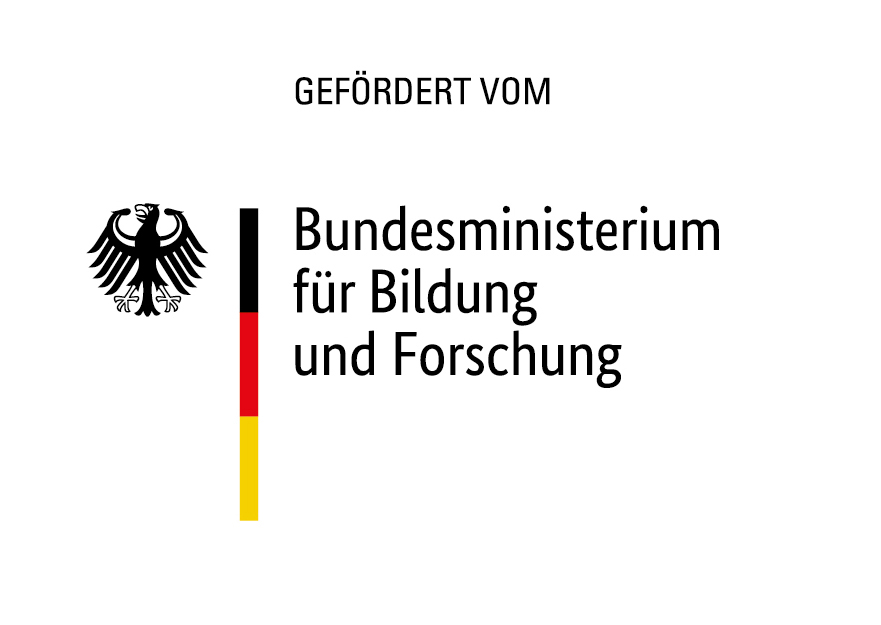Easier Verbundstreffen Cologne

In facing the challenges of climate change WarmWorld centrally aims to develop ICON as a global coupled km-scale model that will be able to resolve clouds, atmospheric dynamics and local environments in better detail than before and to develop workflows that allow to combine the powers of this model with those of modern observation systems and the IFS-FESOM model. To effectively harness the information content of ICON, WarmWorld has outlined through the activity profile of the Easier working group a strategy to develop new workflows for future applications of the model system.
On the 2nd and 3rd of November this year, members of the Easier module convened for their first annual meeting at the University of Cologne’s Meteorology Department. Kindly hosted by Vera Schemann, the in-person meeting provided a welcome opportunity for everyone involved to deliver updates on the progress inside their work packages and to collectively discuss the module targets.
With the onset of km-scale models comes the task to reevaluate the standard workflows developed around simulations of much coarser grid resolutions. In structuring a base for future applications, Easier principally aims to harmonize and improve data workflows that effectively expose the information content of ICON to support user innovation. Adapting previous standards to the new paradigm of km-scale models maps novel terrain in a fast-changing landscape. In this sense the path to achieving Easier’s targets has been marked by some uncertainties, yet presentations and mutual discussions of work packages helped to adjust intermediary goals and articulate a more precise working plan. Subsets of tasks more closely examined included the need to develop new benchmark tests, as well as to build frameworks for comparing simulation outputs with observational data. Model evaluation based on observations has relied heavily on averaging until now, yet higher model resolution more closely matches the scale of observations and thus promises new directions for model evaluation.
Following individual work package presentations, the end of day one and the majority of day two were reserved for a productive discussion on how to advance Easier’s central aim of developing an integrated workflow that makes model and observational data accessible to users. A first step toward a unified platform for data access was taken by Christopher Kadow (DKRZ) in introducing GEMS: based on Freva (Free Evaluation System Framework), GEMS is an easy to use low-end application through which users are presently able to find high-resolution output from the DYAMOND Model intercomparisons, CMIP, and from nextGEMS development cycles. While Freva figures centrally in structuring the user interface, many other crucial compenents such as methods for data extraction, unified protocols for data storage and visualization tools for observation / model intercomparison, have to be considered in the makeup of WarmWorld’s infrastructure.
As many of the concepts and frameworks outlined in the Easier proposal are continually developing, and much of the work was concerned with devising prototypes, the meeting in Cologne generated important input for future work. Through constructive discussions the module targets were evaluated and important work for the upcoming months was carved out.
In continuation, we look forward to updating you in detail on the activities of selected working groups through several upcoming blogposts. Stay tuned to learn more!
